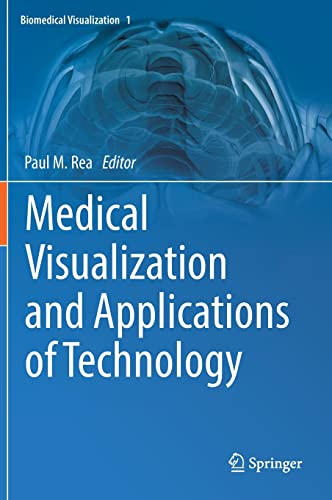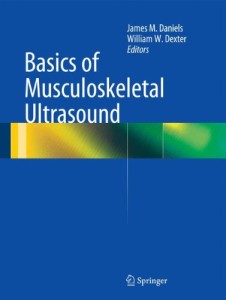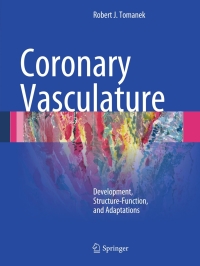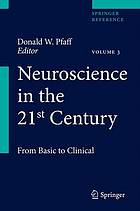By Paul M. Rea
This edited book explores the use of technology to enable us to visualize the life sciences in a more meaningful and engaging way. It will enable those interested in visualization techniques to gain a better understanding of the applications that can be used in visualization, imaging and analysis, education, engagement and training. The reader will also be able to learn about the use of visualization techniques and technologies for the historical and forensic settings.
The reader will be able to explore the utilization of technologies from a number of fields to enable an engaging and meaningful visual representation of the biomedical sciences.
We have something for a diverse and inclusive audience ranging from healthcare, patient education, animal health and disease and pedagogies around the use of technologies in these related fields. The first four chapters cover healthcare and detail how technology can be used to illustrate emergency surgical access to the airway, pressure sores, robotic surgery in partial nephrectomy, and respiratory viruses.
The last six chapters in the education section cover augmented reality and learning neuroanatomy, historical artefacts, virtual reality in canine anatomy, holograms to educate children in cardiothoracic anatomy, 3D models of cetaceans, and the impact of the pandemic on digital anatomical educational resources.
Product Details
- Publisher : Springer; 1st ed. 2022 edition (September 9, 2022)
- Language : English
- Hardcover : 332 pages
- ISBN-10 : 3031067347
- ISBN-13 : 978-3031067341
- ISBN-13 : 9783031067341
- eText ISBN: 9783031067358










Reviews
There are no reviews yet.